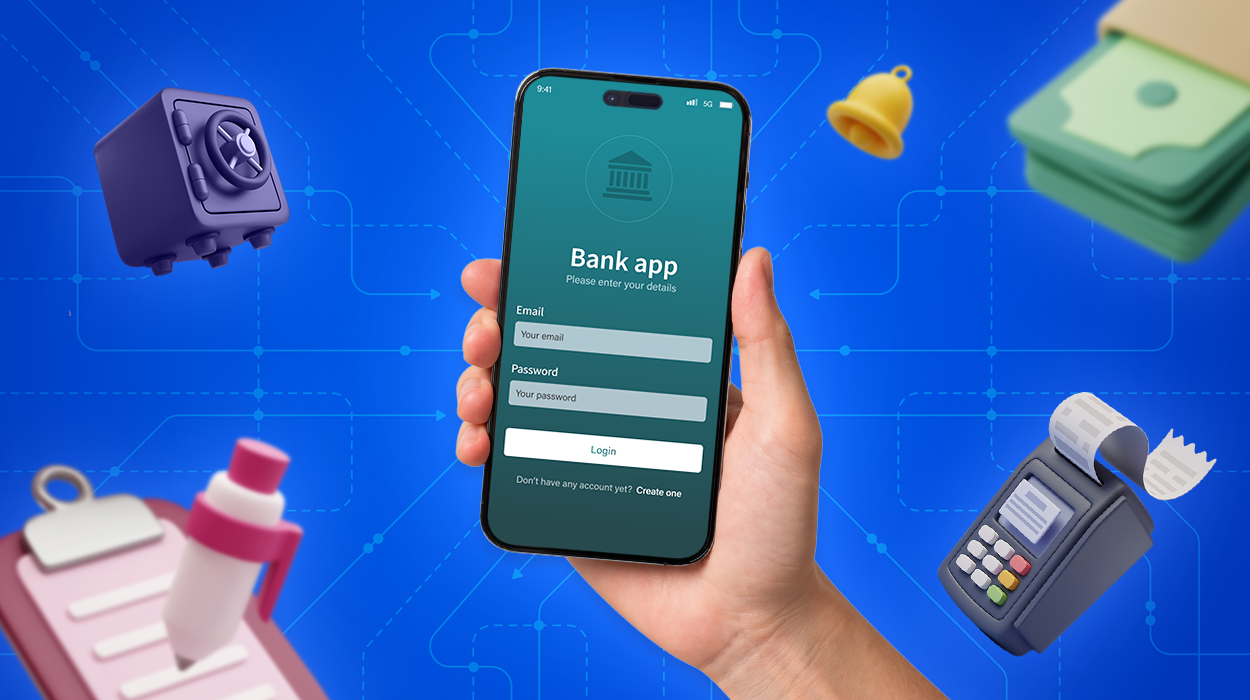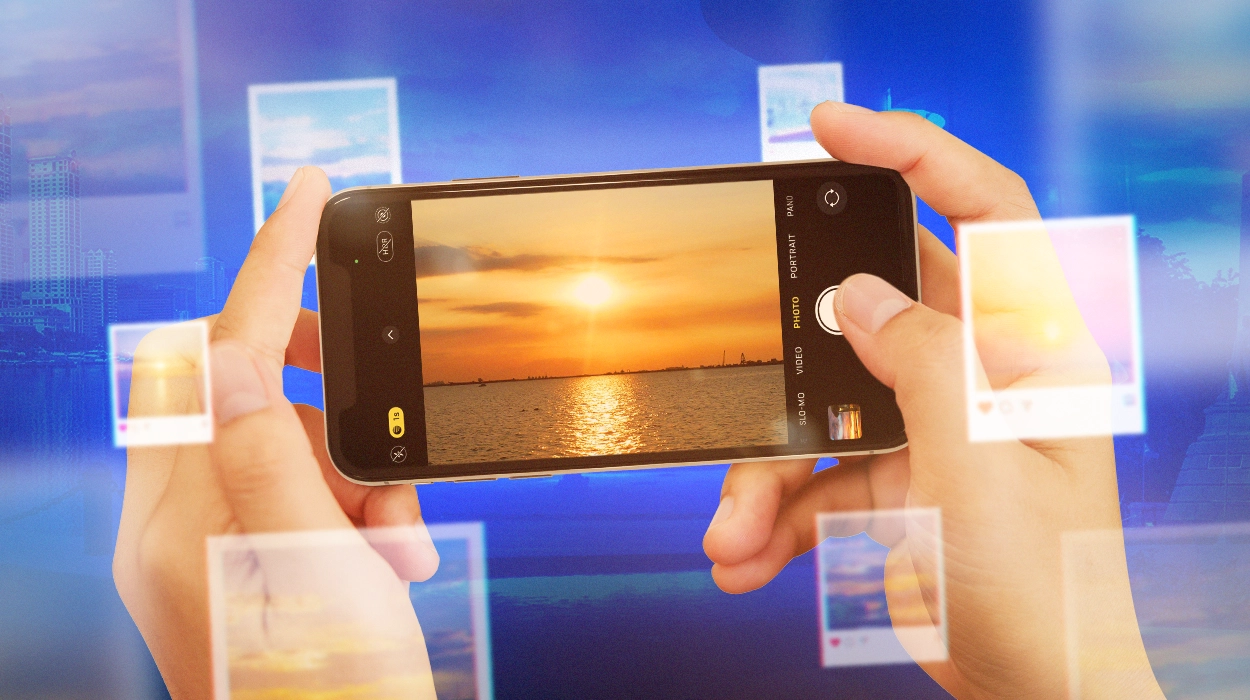Digital banking in the Philippines has become one of the easiest ways to manage your money, especially if you’re new to online financial tools. With licensed digital banks offering higher interest rates, simple account setup, and secure features, it’s now possible to handle your savings, transfers, and payments entirely through your phone. Here’s a quick practical guide for digital banking to help you get started confidently.
7 Essential Tips to Start Digital Banking in the Philippines:
- Start with one BSP-licensed digital bank — Open an account with Maya Bank, Tonik, GoTyme, UNO, UnionDigital, or OFBank to learn the basics before expanding.
- Verify BSP licensing — Only use digital banks officially licensed by the Bangko Sentral ng Pilipinas (BSP). Check the BSP website for the complete list.
- Enable all security features immediately — Activate biometric login, transaction alerts, and multi-factor authentication on day one.
- Understand your interest rate mechanics — High rates often come with conditions. Read the fine print to learn how to qualify for boosted rates (up to 15% p.a.).
- Maximize PDIC insurance coverage — Keep accounts at 2-3 different banks. Your deposits are insured up to ₱1 million per bank, per depositor through the Philippine Deposit Insurance Corporation (PDIC).
- Never share your OTP, password, or card details — Digital banks will never ask for these via call, text, or email. Always verify communications through the official app.
- Monitor your accounts regularly — Check transactions frequently to catch any unauthorized activity early. Detection is your first defense.
What is Digital Banking?
Digital banks operate entirely online with no physical branches, allowing you to open accounts, deposit money, transfer funds, and access financial services without ever visiting a physical location. These are banks that exist only on your phone. No lobbies. No tellers. No banking hours.
The Bangko Sentral ng Pilipinas (BSP) officially defines digital banks as entities offering financial products and services processed entirely through digital platforms with no physical branch, sub-branch, or branch-lite units. These banks are fully regulated by the BSP and must maintain a minimum capitalization of ₱1 billion.
The Six Major Digital Banks (And How to Choose)
As of 2025, the Philippines has six BSP-licensed digital banks: Maya Bank, Tonik Digital Bank, GoTyme Bank, UnionDigital Bank, UNO Digital Bank, and Overseas Filipino Bank (OFBank). Each has carved out its own identity in the market.
Maya Bank: The Market Leader
Maya Bank is the most popular digital banking app. Maya Savings offers a base rate of 3.5% p.a., boosted up to 15% p.a. with qualifying transactions. The app feels polished, features are intuitive, and they’ve built a reputation for aggressive promotions that reward active users.
Best for: Anyone seeking high promotional interest rates and an all-in-one financial experience.
Tonik Digital Bank: The Social Savers
Tonik offers 4% p.a. on Solo Stash accounts and up to 6% p.a. on time deposits. What sets Tonik apart is their “Group Stash” feature—a savings account designed for friends or families pooling money together.
Best for: Users who want flexible savings goals and group savings features.
GoTyme Bank: The Hybrid Experience
GoTyme has embraced the “phygital” approach with physical kiosks at 5,000+ locations (Robinsons malls and supermarkets), offering that safety net of physical touch points. GoTyme offers 4% p.a. on savings (Go Save), with a special promo of 5% p.a. during January-February 2025.
Best for: Users who want digital convenience but occasionally need to handle cash deposits in person.
UNO Digital Bank: The Straightforward Choice
UNO offers 4% p.a. on UNOReady savings and up to 5.5% p.a. on time deposits (UNOEarn for 2 years). What you see is what you get—no complicated promotional conditions, no hidden requirements.
Best for: Savers seeking reliable high-yield accounts without complex promotional mechanics.
UnionDigital Bank: The Established Backing
UnionDigital Bank is a joint venture between UnionBank, Tencent, and Explore, leveraging established financial infrastructure. If you want the digital experience with the reassurance of a major traditional bank’s backing, this is your choice.
Best for: Users seeking stability backed by a major traditional bank.
OFBank: Built for Overseas Filipinos
OFBank offers zero remittance fees for overseas Filipinos (2025 promo) and is tailored for OFWs and their beneficiaries. If you’re sending money home or receiving remittances, OFBank was literally designed for your situation.
Best for: Overseas Filipino Workers and their families.
How to Open a Digital Bank Account
Opening a digital bank account in the Philippines is straightforward and typically takes 5 to 15 minutes. You can start transacting immediately upon approval.
Step 1: Download the App — Install the digital bank’s mobile app from the Google Play Store or Apple App Store.
Step 2: Provide Information — Enter your personal details including name, address, contact information, and TIN (Tax Identification Number).
Step 3: Submit Valid ID — Upload a photo of one valid government-issued ID. Accepted IDs typically include Philippine National ID (PhilID), passport, driver’s license, SSS ID, UMID, or Postal ID.
Step 4: Take a Selfie — Complete facial verification by taking a selfie, which the system compares to your ID photo using biometric technology.
Step 5: Video Verification (if required) — Some banks require a brief video call with a representative for account verification.
Step 6: Fund Your Account — Once approved, fund your account through bank transfer, cash-in at partner locations, or InstaPay/PESONet transfers.
That’s it. You’re a digital banker now.
Security and Deposit Insurance
All deposits in BSP-licensed digital banks are insured by the Philippine Deposit Insurance Corporation (PDIC) up to ₱1 million per depositor, per bank, effective March 15, 2025. This means your deposits are protected even if the bank fails.
Digital banks employ multi-factor authentication, biometric login (fingerprint, face recognition), 3D Secure for online transactions, encryption, and real-time fraud monitoring. Modern digital banks often have better security than traditional banks precisely because security is their entire business model.
Digital banks must comply with anti-money laundering (AML) regulations, consumer protection laws, and cybersecurity standards set by the BSP. You’re not depositing in some gray-market operation. These are regulated financial institutions.
Understanding InstaPay and PESONet
InstaPay is a real-time electronic fund transfer facility for transactions up to ₱50,000. It’s ideal for quick remittances, e-commerce payments, and everyday transactions. In the first nine months of 2025, InstaPay transactions reached ₱7.95 trillion, growing 54.5% year-on-year.
PESONet caters to high-value transactions and serves as an electronic alternative to paper-based checks. It processes larger amounts without the ₱50,000 limit. PESONet transactions totaled ₱7.95 trillion in the same period, growing 31.7% year-on-year.
Most digital banks offer free transfers through both systems, eliminating or reducing transaction fees compared to traditional banks.
Why Digital Banking Matters
Higher Interest Rates: While traditional banks may offer as low as 0.10% per annum, digital banks provide base rates ranging from 3.5% to 4% per annum, with promotional rates reaching up to 15%. Deposit ₱50,000 in a traditional bank earning 0.10% p.a.? You’ll earn ₱50 annually. Put that same ₱50,000 in a digital bank earning 4% p.a.? You’re earning ₱2,000 annually. That’s 40 times more money for zero additional effort.
24/7 Access: Manage your finances anytime, anywhere through mobile apps, without banking hours restrictions. Tuesday at 11 PM? Need to check your balance or transfer money? Done.
No Maintaining Balance Fees: Many digital banks offer free or reduced-fee transfers, no maintaining balance requirements, and no dormancy fees. Traditional banks charge you for having too little money. Digital banks don’t play that game.
Convenient Account Opening: Open an account in minutes using just one valid ID, with no minimum deposit or balance requirements in most cases.
Innovative Features: Features like goal-based savings (Maya Personal Goals), group savings (Tonik Group Stash), and instant loans provide flexible financial management options.
If you’re a beginner, the best time to start is now. Pick one of the six licensed banks, spend five minutes opening an account, and experience what digital banking actually feels like. You don’t have to abandon traditional banking. You don’t have to go all-in. Just try it.
FAQs: Digital Banking in the Philippines
What exactly is a digital bank, and how is it different from my current bank’s app?
A digital bank operates entirely online with no physical branches. Digital banks are entities offering financial products and services processed entirely through digital platforms and are fully regulated by the BSP. Your traditional bank’s app is just a tool to access traditional banking. A digital bank app is the entire bank.
Which digital bank should I choose as a beginner?
Start with one reputable BSP-licensed digital bank to learn the process before expanding. Maya Bank is the market leader. Tonik is great for group savings. GoTyme offers physical kiosks if you need cash handling. UNO has straightforward rates with no promotional conditions. Choose based on what matters most to you.
Is my money actually protected if the digital bank fails?
Yes. All deposits in BSP-licensed digital banks are insured by the Philippine Deposit Insurance Corporation (PDIC) up to ₱1 million per depositor, per bank. This is the same protection traditional bank customers receive. Your deposits are federally insured.
How long does it take to open an account?
The entire process typically takes 5 to 15 minutes, and you can start transacting immediately upon approval. You’ll need a valid government ID, a working smartphone, and internet connection.
What are InstaPay and PESONet, and do I need to understand them?
They’re the payment systems that make digital banking work. InstaPay handles transactions up to ₱50,000 in real-time, while PESONet handles larger amounts. Most digital banks offer free transfers through both systems. You don’t need to understand the technical details—just know that they enable your transfers.
What if I live in an area with poor internet?
Digital banking requires stable internet connectivity. If you frequently lose internet, digital banking will be frustrating. In this case, a traditional bank or hybrid option like GoTyme (which has physical kiosks) might work better.
How do I make sure a digital bank is actually licensed and safe?
Only use digital banks officially licensed by the BSP. Check the BSP website for the complete list of licensed digital banks. As of 2025, the six licensed banks are Maya Bank, Tonik, GoTyme, UNO, UnionDigital, and OFBank. If it’s not on that official list, don’t use it.
What security measures should I enable first?
Activate biometric login, transaction alerts, and multi-factor authentication immediately. Never share your OTP, password, or full card details—digital banks will never ask for these via call, text, or email. Always verify communications through the official app.
How can I maximize my PDIC insurance coverage?
Keep accounts at 2-3 different banks. Your deposits are insured up to ₱1 million per bank, per depositor through the Philippine Deposit Insurance Corporation (PDIC). If you have ₱3 million to save, spreading it across three digital banks ensures all of it is insured (₱1 million in each).
What should I do if I suspect unauthorized activity on my account?
Check your transactions frequently. Early detection is your first defense against fraud. Contact your digital bank immediately through their official app or customer service channels if you notice anything suspicious.
M2.0 Communications is a Public Relations Firm that specializes in business, technology, and lifestyle communication. We offer a range of PR services including corporate communications, media relations, social media marketing, influencer marketing, and video production. Learn more about our work on our case studies page.



